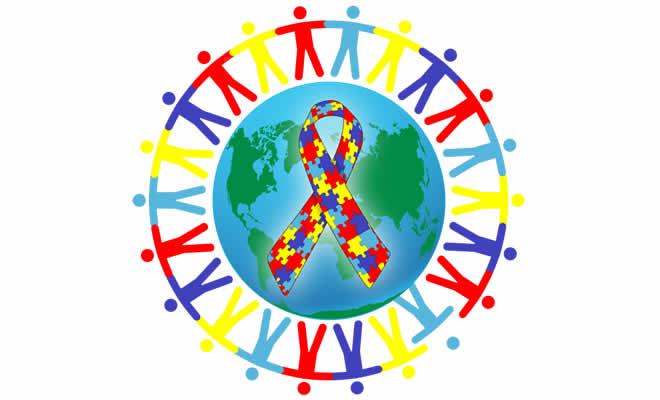Τετάρτη 5 Οκτωβρίου 2011
Early Exposure to Anesthesia
Repeated exposure to anesthesia for early-life surgeries may lead to neurodevelopmental problems in children, new research suggests. A large cohort study showed that children who underwent 2 or more anesthetic/surgery episodes before the age of 2 years had a nearly 2-fold increased risk for developing learning disabilities (LDs) by their late teens compared with their counterparts who had not received anesthesia. Receiving multiple early-age exposures was also significantly associated with the need for school-based individualized educational programs (IEPs) related to speech and language impairment and for lower scores on tests of cognitive ability and academic achievemen "It's important to reassure parents that single exposures to anesthesia don't seem to be associated with a problem and that the need for repeated surgeries among young children is relatively unusual," added Dr. Flick. "This is likely to affect a relatively small number of children. Nonetheless, it's quite concerning." According to the researchers, studies of young animals have shown than most anesthetic drugs can cause neurodegeneration. However, previous research examining the link between anesthetics/surgery and cognition in human children "have been few, have relied on single outcome measures, and have not controlled for comorbidity." A population-based, matched cohort study, first published by the Mayo Clinic investigators in 2001, included 8548 children born in Rochester, Minnesota, between January 1976 and December 1982. As reported in 2009 by Medscape Medical News, the investigators examined the link between anesthesia exposure and LDs in some of these participants. However, Dr. Flick said that a criticism of that study was that it did not control for health status. "After it was published, some people said that the problem we were measuring was not anesthesia exposure but comorbidity. In other words, the kids who required multiple surgeries were not healthy. And because they were not healthy, then they had [LDs]. So the US Food and Drug Administration [FDA] asked us to do a study that would control for the effects of comorbidity." For the analysis, the investigators evaluated data on 350 of the participants who were exposed to anesthesia before the age of 2 years (68% male) and then age-matched each of these "cases" to 2 healthy controls who were not exposed (n = 700, 68% male). The controls were also matched according to "factors known to influence the incidence of LDs," including sex, mother's education, birthweight, and gestational age. Health status was determined through the use of the American Society of Anesthesiologists Physical Status and the Johns Hopkins adjusted clinical groups Case-Mix System. All children underwent the group-administered Test of Cognitive Skills and California Achievement Test, as well as the individually administered Wechsler Intelligence Scale for Children and Woodcock-Johnson Battery test for academic achievement through their schools. Study outcome measures included the need for an IEP for emotion/behavior (such as anxiety, depression, unusual behavior patterns, aggression, and impulsivity), LDs before the age of 19 years (in reading, written language, and/or mathematics), and achievement and cognition scores. Results showed that 286 of the children exposed to general anesthesia before surgery by the age of 2 years received it only once, whereas 64 were exposed more than once. The median duration of anesthetic exposure was 75 minutes, and combinations using halothane (87.5%) or nitrous oxide (88.1%) were the most frequently used anesthetic medications. Of the children exposed to anesthesia/surgery just once, 23.6% developed LDs by the age of 19 years vs 21.3% of the unexposed participants. However, 36.6% of those with multiple exposures developed LDs. After adjustment for health status, this translated into a significantly increased risk for LDs in those with the multiple exposures (hazard ratio [HR], 2.12; 95% confidence interval [CI], 1.26 - 3.54), but not for those with just 1 exposure.
"The size of the study was not sufficient to differentiate what specific type of [LD] may occur. There's a good deal of overlap; kids who have 1 type often have another type as well," explained Dr. Flick. Although exposure was not a significant factor in children receiving an IEP for emotion/behavior, multiple exposures were found to be a significant risk factor for the need for an IEP for speech/language (HR, 4.76; 95% CI, 2.48 - 9.12). "We cannot exclude the possibility that multiple exposures to anesthesia/surgery at an early age may adversely affect human neurodevelopment with lasting consequences," write the study authors. Because regional anesthesia seems to be free of risk from neurotoxicity, this option should be explored…in appropriate cases. However, most surgical procedures will require general anesthesia, and neither surgery nor anesthesia should be withheld from children in need.
Εγγραφή σε:
Αναρτήσεις (Atom)
Αυτισμός και Αναισθησία για οδοντιατρικές εργασίες
Συγγραφέας Δαλαμάγκα Μαρία , Αναισθησιολογος Ο αυτισμός είναι η ταχύτερα αναπτυσσόμενη σοβαρή αναπηρία. Ο παιδικός αυτισμός συνδέεται με ...

-
συγγραφέας Δαλαμάγκα Μαρία Τι είναι πόνος ; Προσδίδουμε διαφορετικούς χαρακτήρες στο πόνο . Αν ένα παιδί τραυματιστεί , θα κλάψει και θα π...
-
Συγγραφέας Δαλαμάγκα Μαρία , Αναισθησιολογος Ο αυτισμός είναι η ταχύτερα αναπτυσσόμενη σοβαρή αναπηρία. Ο παιδικός αυτισμός συνδέεται με ...
-
Chronic pain is not just a problem of incidence and pathophysiology; it is one of unique individual suffering. Chronic neuropathic pain (...



